Puzzle for a 3-Year-Old: How Many Pieces? Your Complete Guide to Making the Right Choice
Puzzles are a classic pastime that has captivated children for generations. From honing fine motor skills to sharpening concentration and inspiring the satisfaction of completing an image, there’s no surprise that kids and parents alike love them. But when it comes to choosing a puzzle for a 3-year-old, how many pieces should it have? Should you stick to a small handful of pieces? Is it possible to jump straight to a 30-piece puzzle? And what about personalized puzzles?
In this article, we’ll answer the recurring question, “Puzzle for a 3-year-old: how many pieces?” while recognizing that every child develops at their own pace. We’ll also see how personalization (through services such as SwappyPrint) can make a difference—even if, in theory, people often recommend smaller puzzles first. By the end, you’ll know exactly how to choose the perfect puzzle for your 3-year-old, without compromising their enjoyment or developmental progress.
1. Why Offer a Puzzle to a 3-Year-Old?
Before we dive into piece counts, let’s quickly remind ourselves why puzzles are so beneficial at this age. By 2–3 years old, a child:
-
Sharpens Their Fine Motor Skills
Manipulating individual puzzle pieces and fitting them together helps children gain precision in their hand movements. -
Develops Hand-Eye Coordination
Matching a visual shape with the correct slot or connecting piece is an exercise in both observation and dexterity. -
Improves Concentration
Finishing a puzzle requires patience and focus, traits that a 3-year-old is just beginning to cultivate. -
Builds Visual and Spatial Awareness
They learn that certain pieces fit together and that, collectively, they form a coherent picture. -
Gains a Sense of Pride
Completing a puzzle brings a feeling of accomplishment—an essential factor for building self-confidence at this stage.
Whether it’s a 9-piece puzzle or a 30-piece puzzle, the act of solving it fosters a child’s curiosity and encourages mental development. But to maximize the child’s enjoyment (and minimize frustration), the level of difficulty must be age-appropriate.
2. Standard Recommendations: 12 to 24 Pieces for a 3-Year-Old
You’ve probably come across this common piece of advice: for a 3-year-old, 12 to 24 pieces is typically the sweet spot. This guideline is a commonly cited educational benchmark:
-
Fewer than 12 pieces: There’s a risk the child will quickly get bored if they’ve already mastered basic puzzles (often around age 2 or 2.5).
-
More than 24 pieces: This can be too daunting for a newbie, potentially causing frustration if the child isn’t yet ready for a more complex challenge.
That said, these numbers are not absolute rules. Some 3-year-olds with strong puzzle experience or extra enthusiasm can handle more pieces, whereas others may prefer sticking to fewer than 24 to avoid overwhelm. The key is to observe your child: Are they quickly lost or upset? Or do they breeze through a 12-piece puzzle in under a minute?
2.1. Why Do Experts Often Recommend 12–24 Pieces?
-
Easier to Manipulate
The pieces are typically medium-sized, fitting better in little hands. -
Logical Progression
After trying simpler peg puzzles or 6- to 9-piece sets at age 2, it’s natural to move to 12 or 24 pieces around age 3. -
Confidence-Building
A puzzle in this range is challenging enough without discouraging the child. They can succeed with minimal adult help, boosting self-esteem.
Keep in mind that these recommendations aren’t maximum limits set in stone—some children really enjoy a bigger challenge. This is where the 30-piece puzzle might come into play.
3. The 30-Piece Puzzle: A Fun Challenge for Ages 3–4
You may have seen mention of or heard about a “30-piece personalized puzzle” being the perfect gift for children ages 3 or 4. But how do we reconcile that with the traditional 12–24-piece guideline we just discussed?
-
An Intermediate Step
Once a child masters 12- to 24-piece puzzles, they might want something a little more challenging. Thirty pieces is the next logical step. It’s only a slight increase from 24 but enough to keep things fresh and stimulating. -
An Adult-Assisted Activity
At 3 years old, completing a 30-piece puzzle often involves a parent or older sibling offering guidance. Here’s how you can help:-
Point out border pieces and corners.
-
Encourage without doing everything yourself.
-
Help them visualize how the final image comes together.
-
-
Personalization Boosts Motivation
If the puzzle depicts a familiar photo—maybe the family pet, a favorite toy, or a beloved holiday snapshot—the child is instantly more invested. This sense of personal connection can help them power through a puzzle with more pieces than they’d normally handle. -
Puzzle Design Matters
Not all 30-piece sets are created equal. Some have clearer outlines, bold colors, and distinct shapes, making them easier than, say, a 24-piece puzzle with subtle color gradients and tricky cuts. In other words, puzzle complexity doesn’t come only from piece count—it also comes from image design and how the pieces are shaped.
In short, a 3-year-old can absolutely enjoy and succeed at a 30-piece puzzle, provided they have some prior experience, enough enthusiasm, and a bit of help. So it can be perfectly valid to call a 30-piece puzzle an “ideal gift for 3- to 4-year-olds,” even though the overall norm is 12–24 pieces for beginners.
4. Why a Personalized Puzzle Makes All the Difference
What makes a personalized puzzle more appealing than a standard store-bought version? There are several advantages:
-
Emotional Connection
The child sees their own world in the puzzle (family photos, favorite pet, or a treasured memory). They feel recognized and special. -
Increased Motivation
Because they genuinely care about the final picture, they’re more inclined to overcome challenges and finish the puzzle. -
Keepsake Value
A personalized puzzle isn’t just another toy—it can be a cherished object you keep or remake over time. -
High-Quality Printing
Services like SwappyPrint offer sturdy puzzles with crisp images. You can rely on a solid product that stands up to repeated play sessions.
Moreover, if you plan to gradually move up to 100-, 252-, 500-, or even 1000-piece puzzles, you can keep the same photo or theme as your child grows. This way, you’re building a sense of collectible continuity throughout their puzzle journey.
5. Why SwappyPrint Doesn’t Sell Smaller Puzzles (Under 30 Pieces)
You might wonder: “If 12–24 pieces are generally recommended for 3-year-olds, why doesn’t SwappyPrint offer anything smaller than 30 pieces?”
-
Specialized Product Range
SwappyPrint focuses on high-quality, customizable puzzles in specific piece counts: 30, 100, 252, 500, and 1000. -
30 Pieces Remains Accessible
For many 3-year-olds who’ve already tackled simpler puzzles, 30 pieces is a natural step up. It’s a bit bigger but still doable with adult support. -
Built-In Growth
If your child starts at age 3 with a 30-piece puzzle, they’ll likely spend months (or even years) enjoying it. At first, they may need help, and later they might complete it solo with confidence. Eventually, they can move on to 100 pieces around age 5 or 6. -
Investment Logic
A 30-piece personalized puzzle is a unique, memorable gift that can last a long time. Even if initial guidelines suggest starting with fewer pieces, this puzzle grows with your child. They’ll improve gradually, without you needing to purchase multiple smaller sets.
In short, SwappyPrint acknowledges that 12–24 pieces is typically the best starting point for a 3-year-old. Yet, we also recognize a fair number of kids at this age can handle or work toward 30 pieces—especially when the puzzle is engaging and done together with an adult.
6. Practical Tips for Completing a 30-Piece Puzzle with a 3-Year-Old
Wondering how to ensure a smooth, frustration-free experience with a 30-piece puzzle? Here are some helpful pointers:
-
Prepare the Environment
-
Use a flat, uncluttered surface at a comfortable height.
-
Provide enough lighting to see the colors and shapes clearly.
-
Minimize distractions like background noise or screens.
-
-
Start with the Borders
Teach your child to look for straight edges or corner pieces. This creates a helpful “frame” to guide the rest of the puzzle. -
Identify Key Elements of the Photo
If it’s a family photo, point out, “Here’s Dad’s face, this is your pet in the lower left corner.” This helps them know where things should go. -
Let the Child Try First
Don’t complete the puzzle for them. Instead, nudge them toward the right decisions: “Look, this piece has a bit of yellow. Do you see anything yellow in the picture?” -
Celebrate Small Wins
If they place just one or two pieces correctly, show enthusiasm. Regular encouragement fosters perseverance. -
Allow Breaks
Completing all 30 pieces in one go might be overwhelming at first. It’s perfectly fine to let them pause and come back later. The key is to keep it a relaxed, enjoyable activity.
7. When to Move On to Larger Puzzles (100, 252, etc.)
Every child is different, but here’s a general roadmap:
-
Ages 4–5: They may be ready for around 50–60 pieces if they’re especially keen on puzzles.
-
Around Age 5–6: Some children can jump to 100 pieces, especially if the image is visually clear, with distinct shapes and color blocks.
-
Ages 7–8 and Beyond: Children often move to 200, 250, or 300 pieces as they become more skilled and patient.
Remember, it’s less about chronological age and more about progression and engagement. A 100-piece puzzle is a considerable jump, so if your child is breezing through the 30-piece version and asking for more, you can tentatively explore the next size up.
8. Maintaining Honesty and Transparency: Our Final Word
As you can see, at SwappyPrint, we provide 30-, 100-, 252-, 500-, and 1000-piece personalized puzzles. We fully acknowledge that for a brand-new puzzle-solver at age 3, a 12–24-piece set is often the easiest and most recommended starting point. We’re not trying to claim otherwise.
However, we firmly believe that a 30-piece personalized puzzle can also be an excellent choice for a 3-year-old—under the right circumstances:
-
The child already has some puzzle experience (e.g., 9 or 12 pieces).
-
An adult is present to guide them and make it fun, not stressful.
-
The puzzle image is something the child truly cares about, such as a beloved stuffed toy, a family photo, or a favorite moment.
-
The activity is approached with patience, allowing breaks and progress over multiple sessions if necessary.
If the child gets overwhelmed, you can always save it for later or start with just a few pieces at a time, building confidence until they’re ready to tackle the full set.
9. Recap: How to Choose the Right Puzzle for a 3-Year-Old
-
Assess Their Current Skill
If they’ve never tried puzzles before, begin with a simpler set of 12, 15, or 20 pieces. If they’ve mastered those, move to 30 with confidence. -
Factor in Their Interests
From animals to cars, cartoon characters to personal photos—pick a theme that sparks excitement. -
Check the Quality
Look for thick cardboard or wooden pieces, clear color contrasts, and well-defined borders to make the puzzle manageable. -
Consider Personalization
A custom puzzle can strengthen emotional engagement and add an extra layer of motivation. -
Offer Gentle Support
Your guidance is invaluable. The more positive and encouraging you are, the more likely your child will feel empowered.
10. Conclusion: An Educational Game and an Emotional Experience
Ultimately, puzzles remain a must-have for stimulating a 3-year-old’s curiosity and mental abilities. At this age, most professionals advise starting with 12–24 pieces to avoid frustration. However, that doesn’t exclude the possibility of a 30-piece puzzle if your child is already somewhat experienced, especially when paired with adult help and a compelling image.
Personalization is a powerful tool: seeing their own world in a puzzle can heighten a child’s focus and enjoyment. That’s why, at SwappyPrint, we’re proud to offer the 30-piece personalized puzzle. We don’t pretend it’s the only option or that children don’t need smaller puzzles first. Our puzzle simply represents a high-quality, long-lasting, customizable solution that can grow with your child.
In the end, your best guide is to observe and support your child’s reaction. Whether you’re dealing with 12, 24, or 30 pieces, the most important factors are that your little one has fun, feels proud of their progress, and gains confidence. Puzzles teach patience, perseverance, and logical thinking—valuable skills that can flourish for years, scaling to bigger puzzle counts (100, 252, 500, 1000) as your child’s puzzle journey continues.
Ready to offer a personalized puzzle to your 3- or 4-year-old?
Check out our 30-piece custom puzzle at SwappyPrint and create a memorable, family-bonding experience. Even if you think your child isn’t quite ready to do all 30 pieces alone, you can gradually help them build up the skills and have fun together.
Happy puzzling!

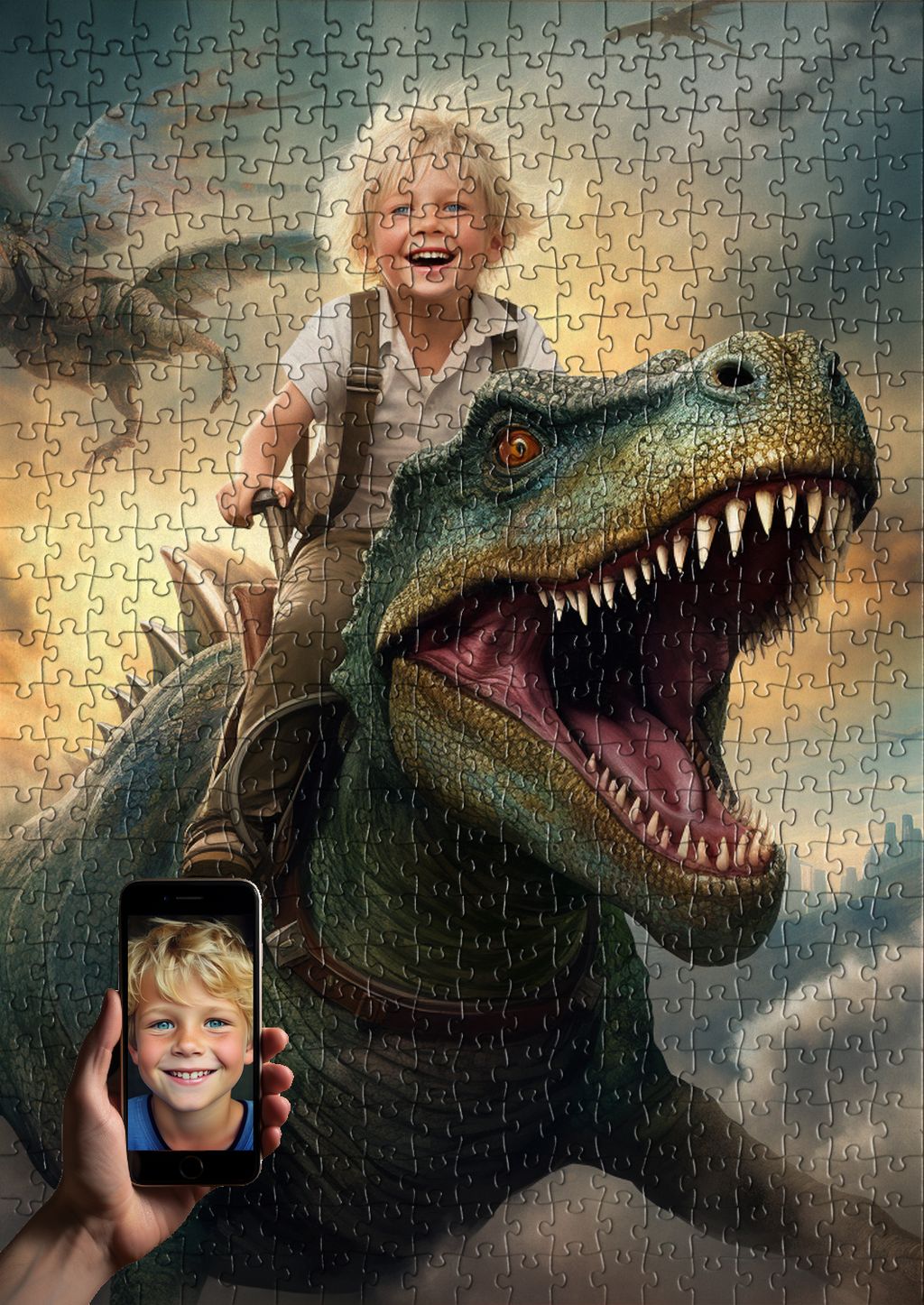
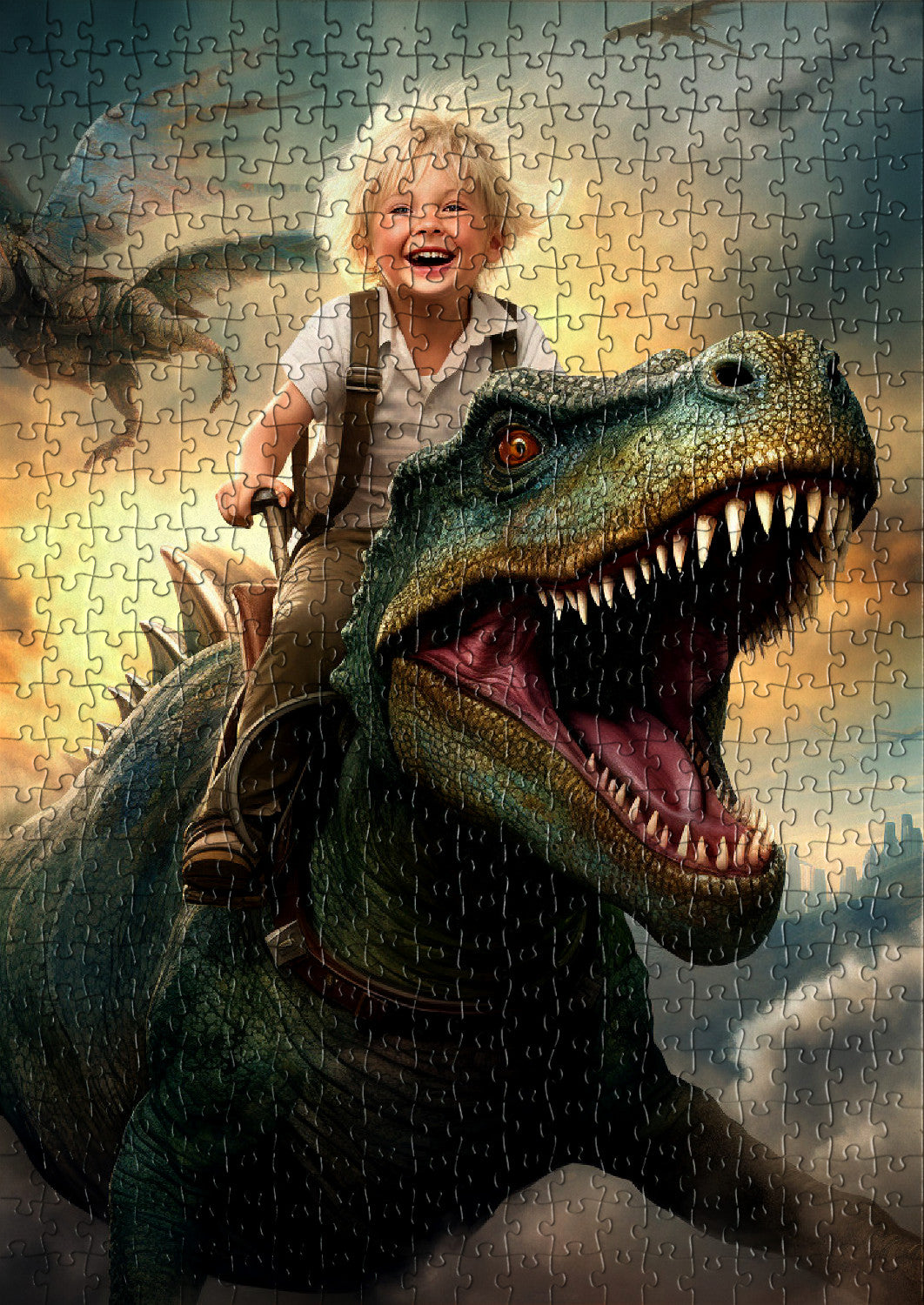
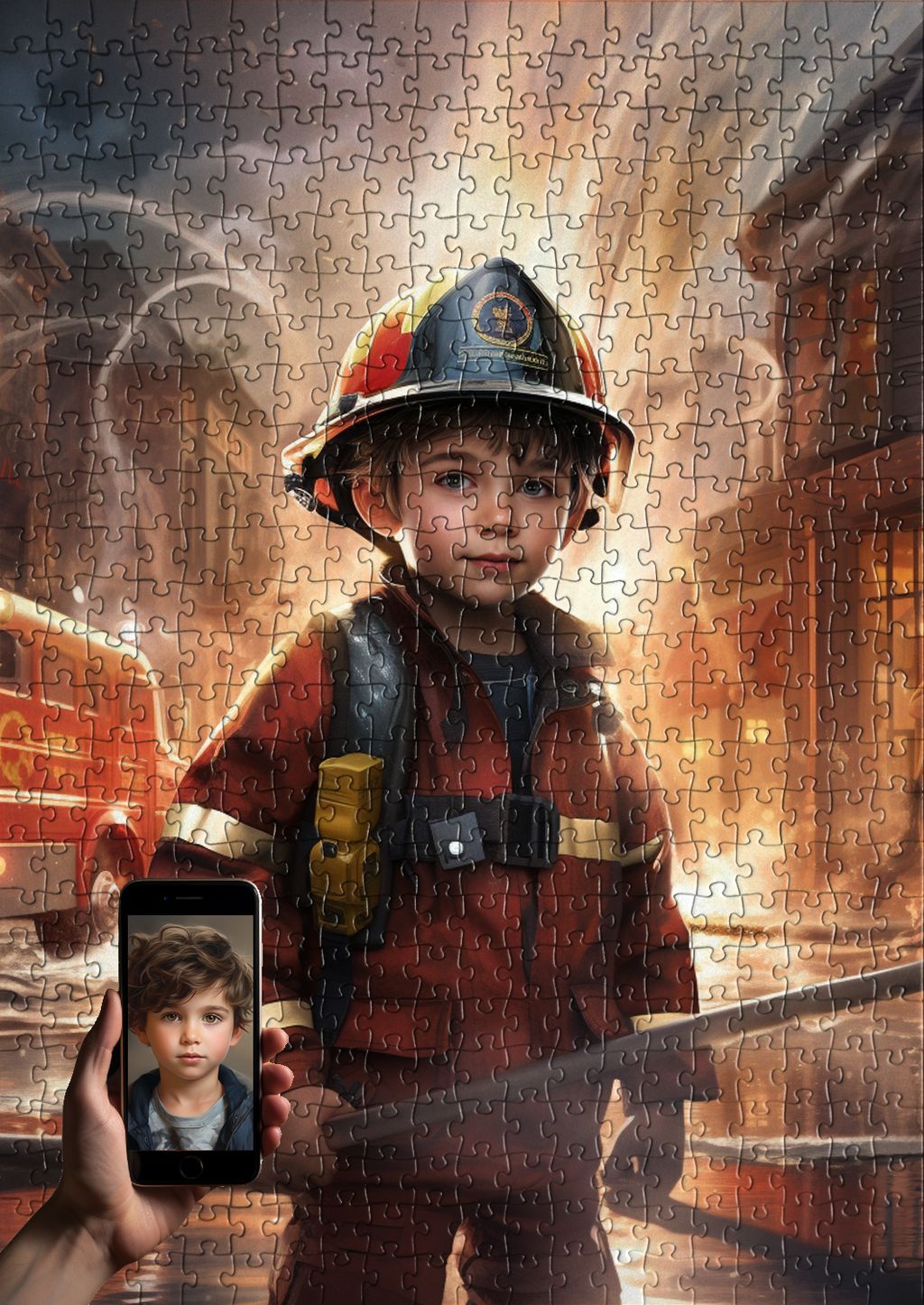

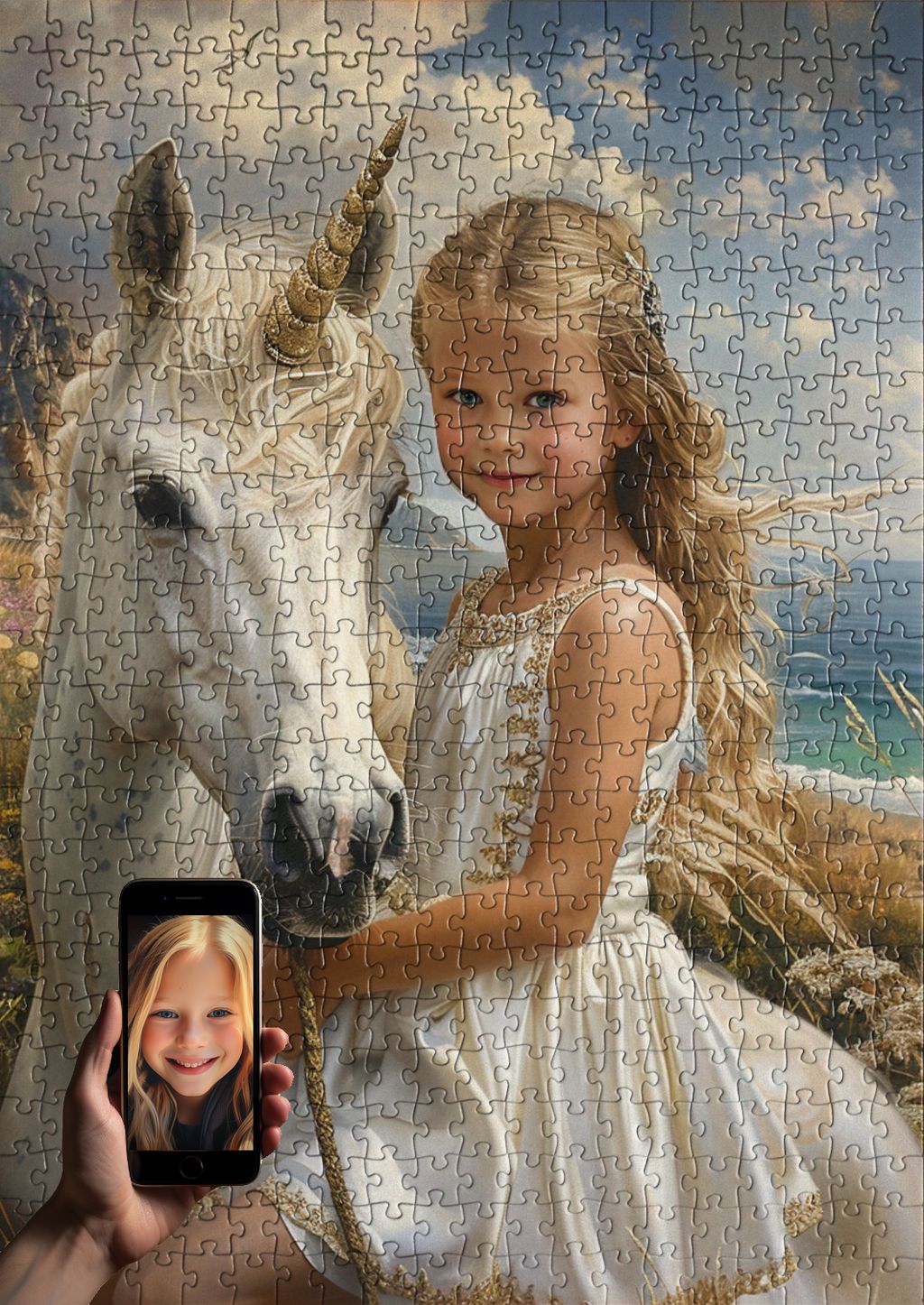
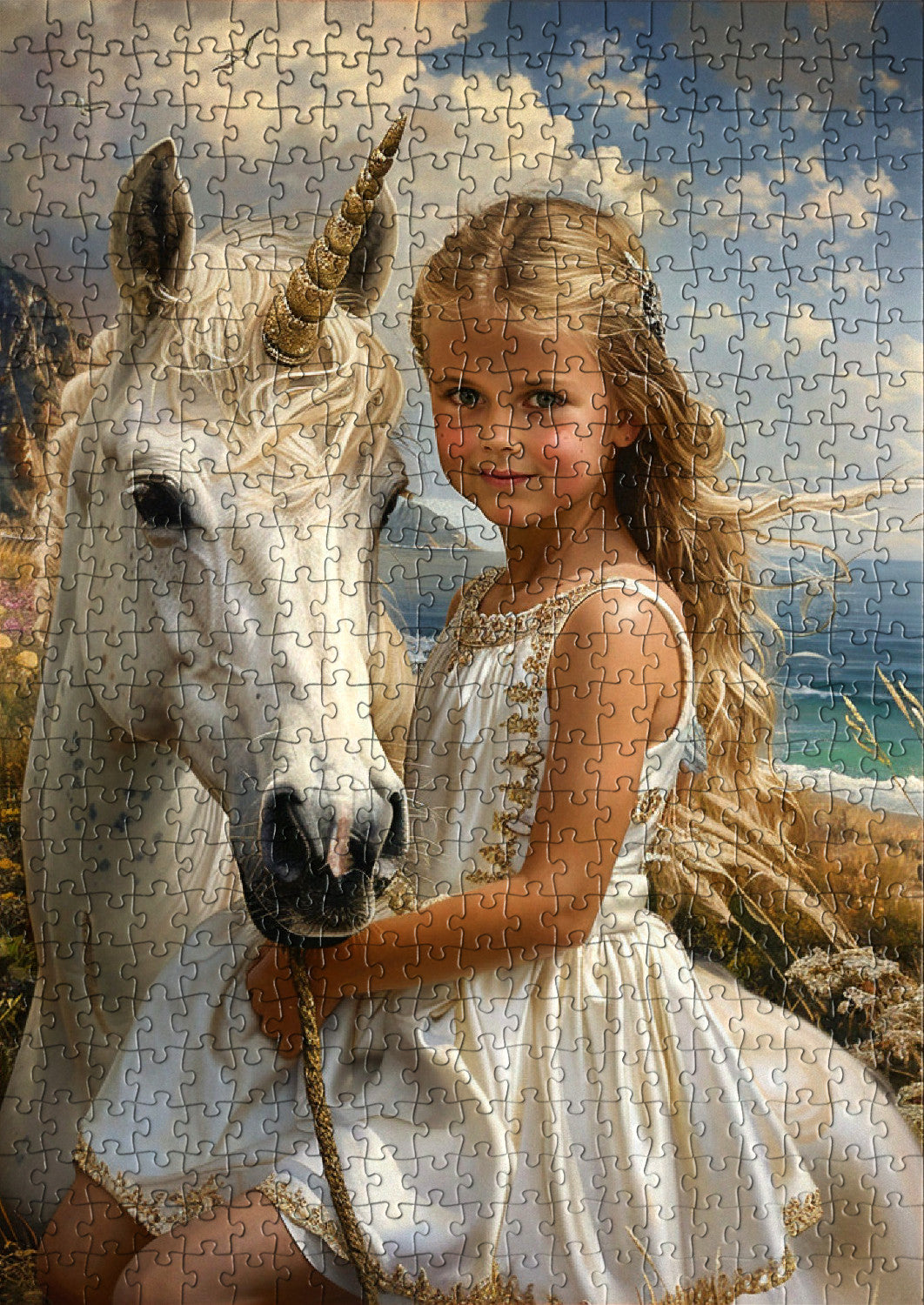
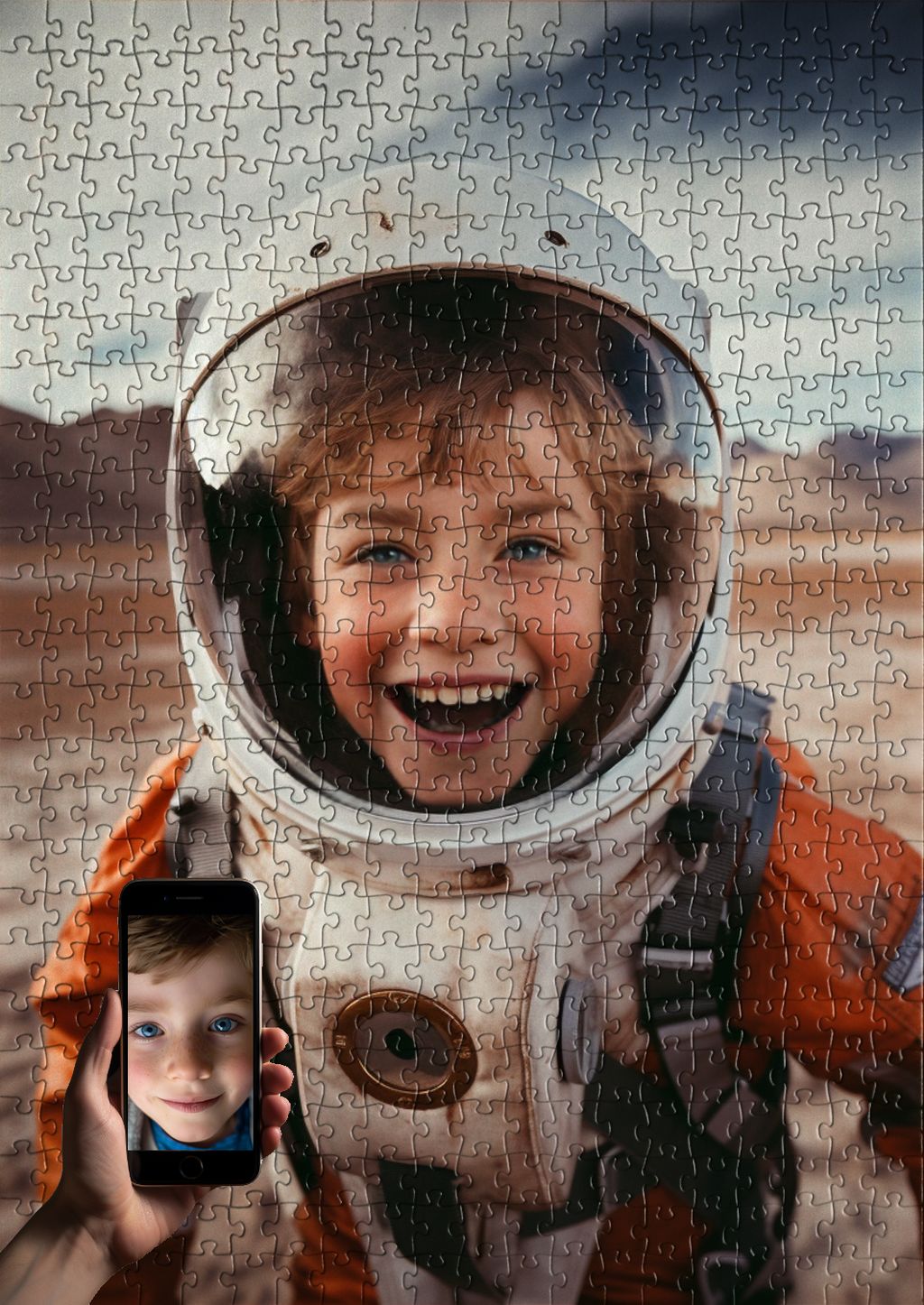
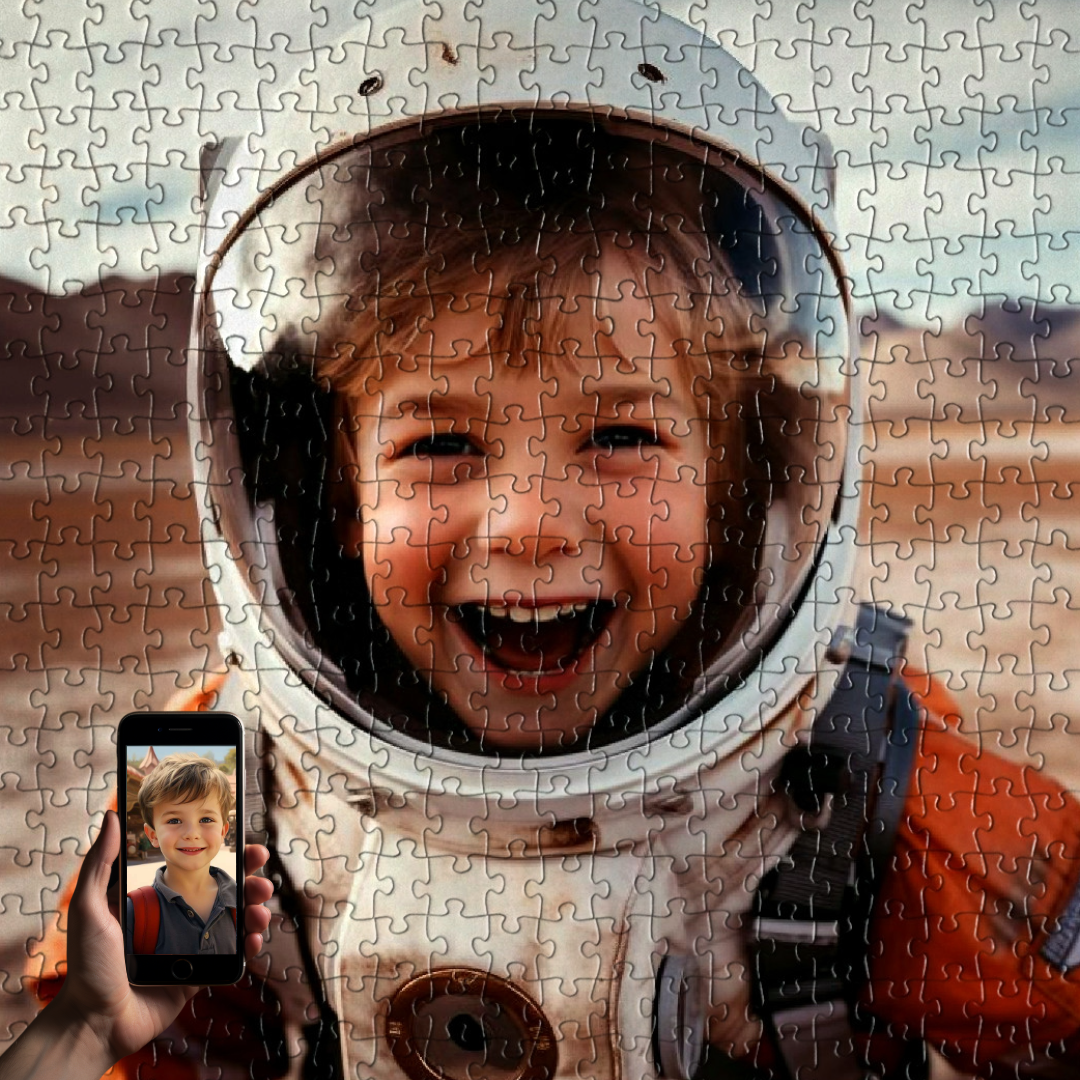
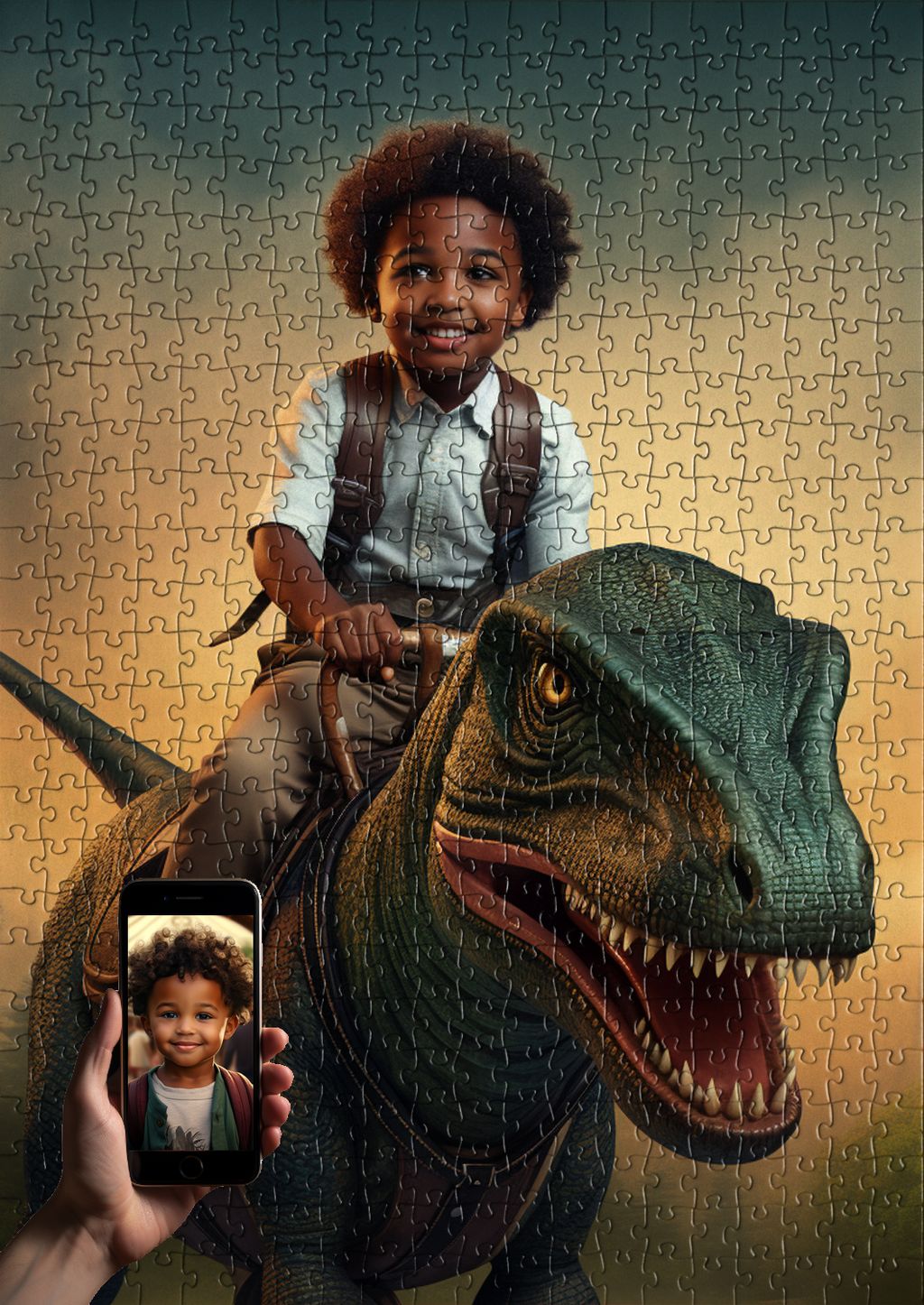
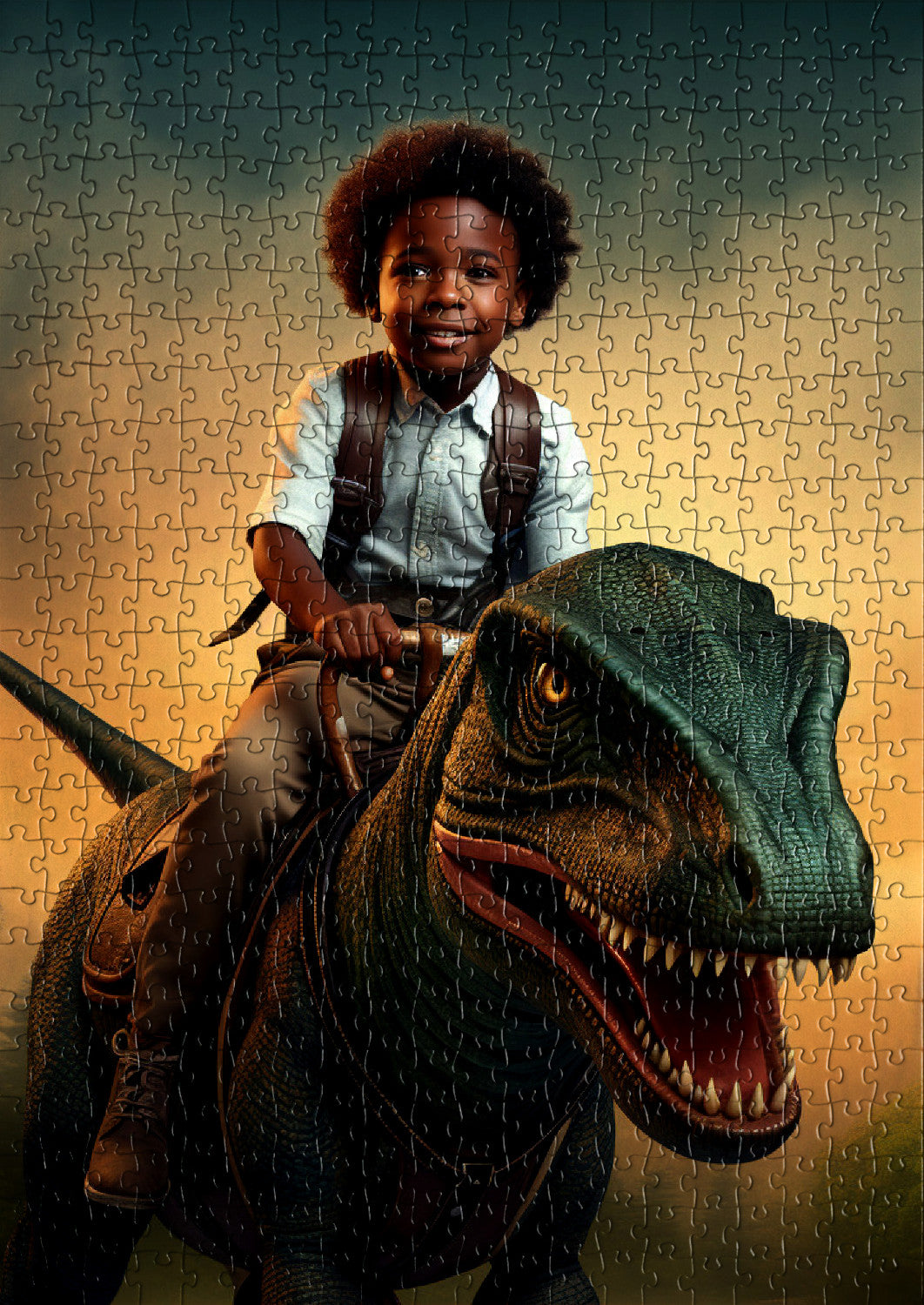
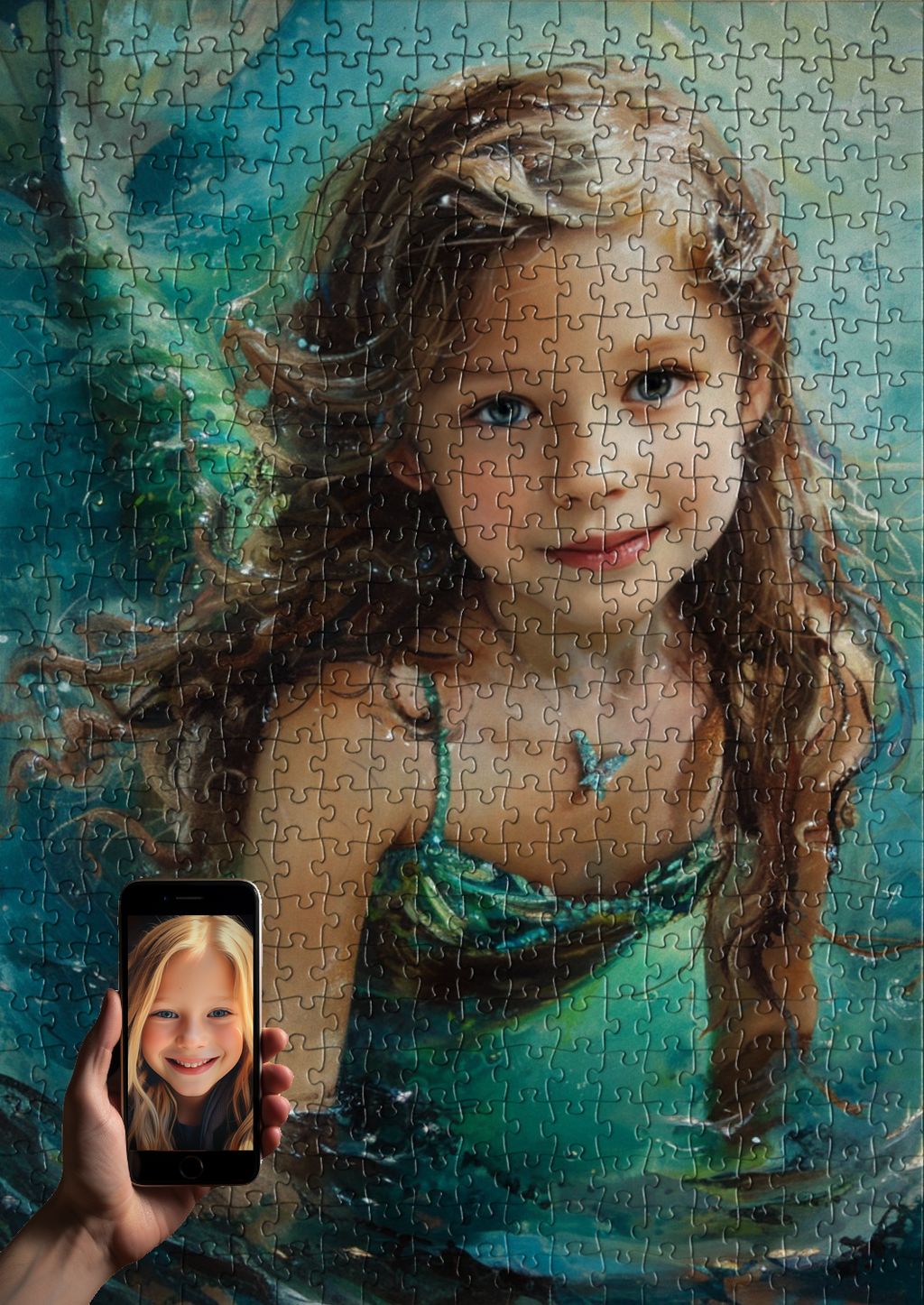
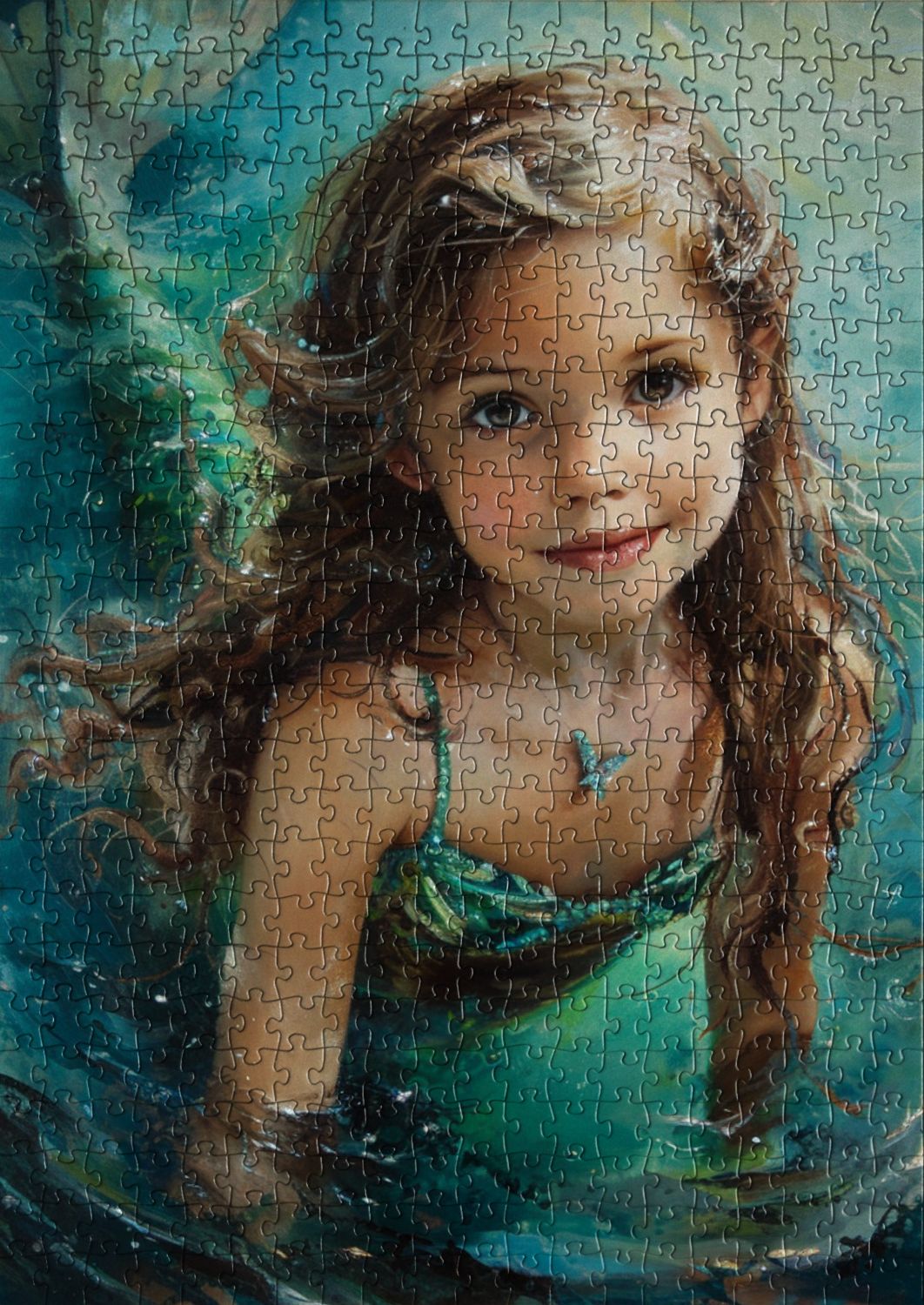

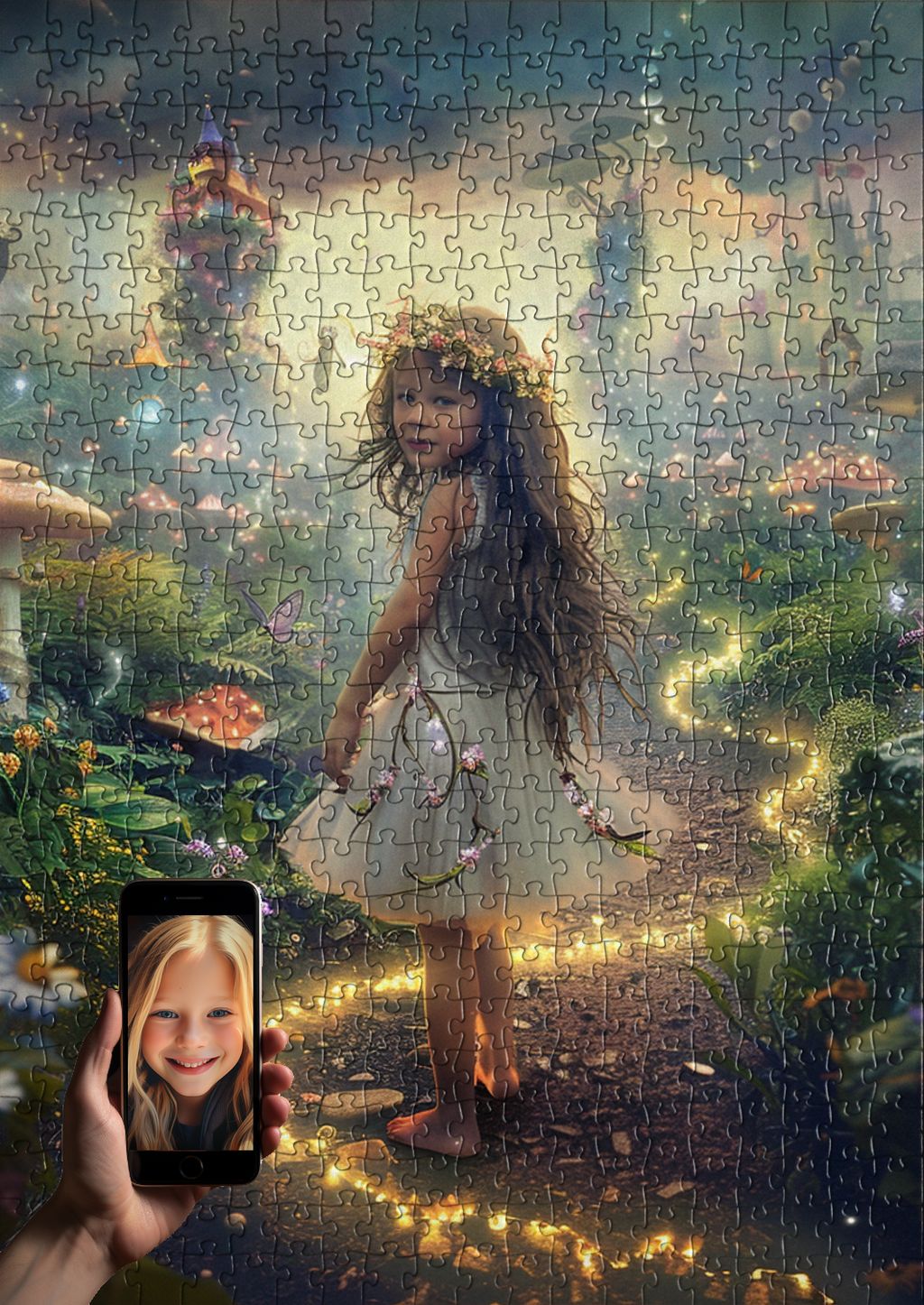
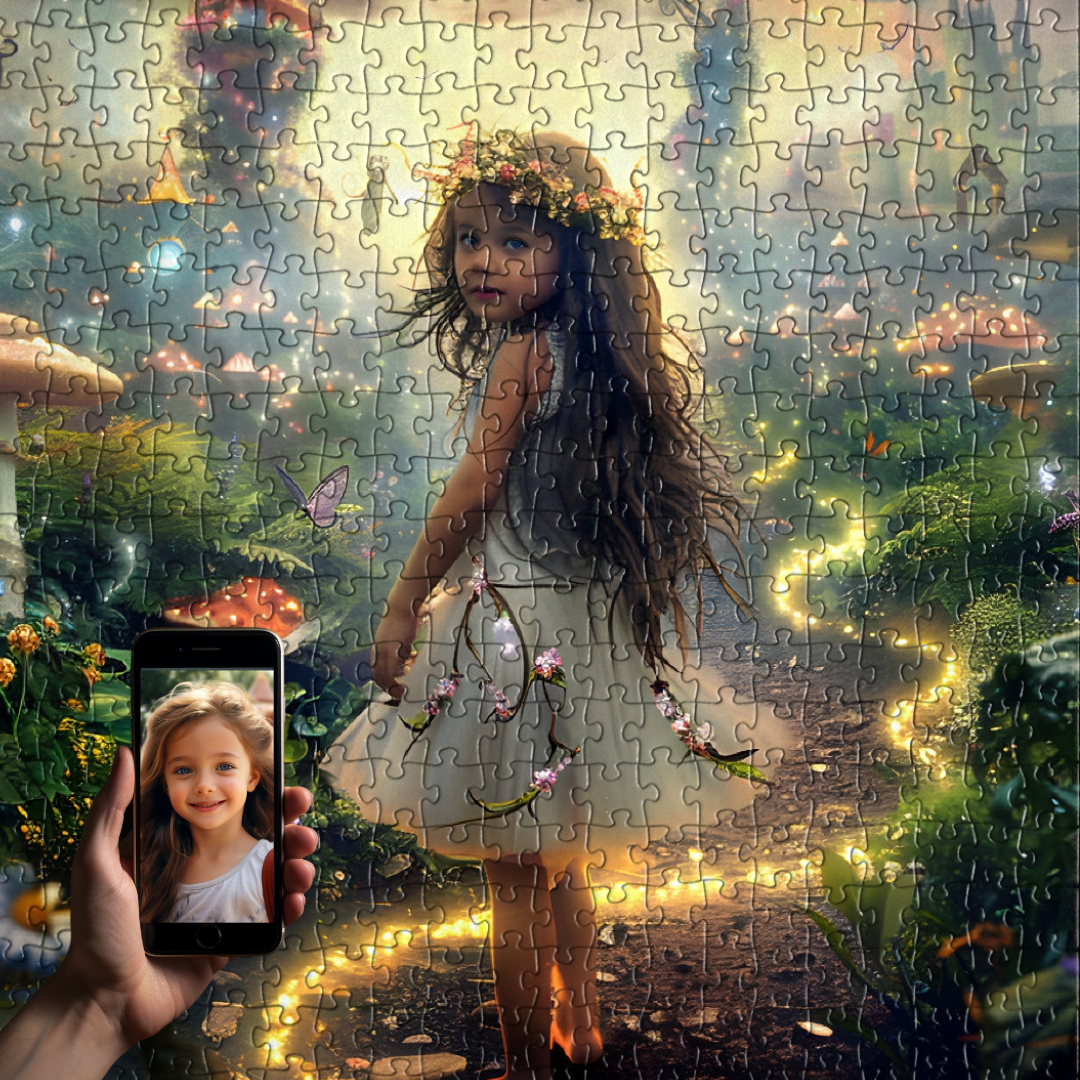
Share and get 15% off!
Simply share this product on one of the following social networks and you will unlock 15% off!